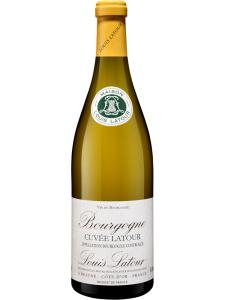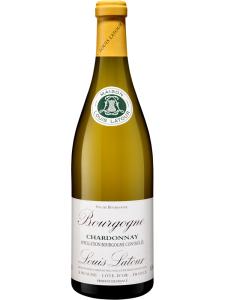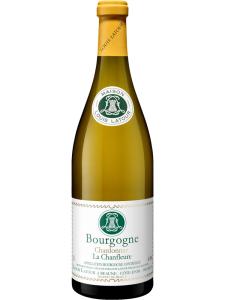Bourgogne Blanc wines are the still whites produced under the generic Bourgogne appellation. Created in 1937, the Bourgogne title covers those Burgundy wines produced in areas not covered by more location-specific appellations. Bourgogne Blanc wine can be made from grapes grown in any one (or more) of 300 communes.
The grapes permitted for use in the appellation are Chardonnay, Pinot Blanc and Pinot Gris. The widespread use of Chardonnay reflects its international popularity, and plantings of this variety are rapidly replacing those of Pinot Blanc and Pinot Gris.
There are currently around 2410 acres (1000ha) of land producing Bourgogne Blanc wines, spread right across Burgundy. In the Cote de Beaune and Cote de Nuits sub-regions, the sites are concentrated on the lower slopes of the Cote d'Or escarpment; the land on the middle slopes is generally occupied by more-prestigious Premier Cru and Grand Cru vineyards. Although covered by the title, the highest land in the Cote d'Or produces very little Bourgogne Blanc, as it is also included in the more-respected Hautes Cotes de Beaune and Hautes Cotes de Nuits appellations.
The appellation laws for Bourgogne wines are generally less restrictive than those covering Burgundy's location-specific titles. The maximum permitted yield is lower and the regulations around vineyard management – such as vine training techniques and vineyard planting densities – are also more relaxed.




